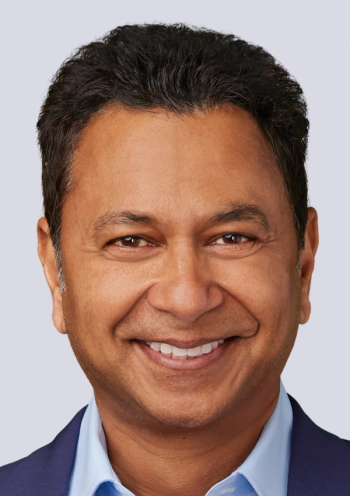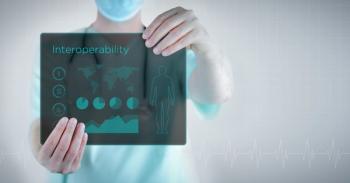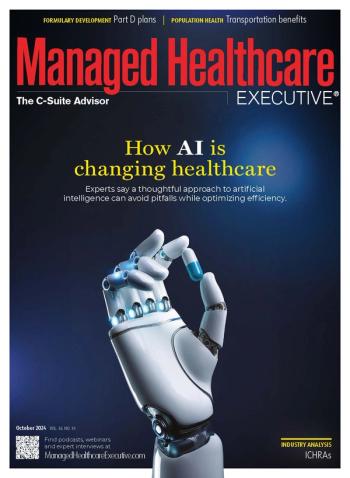
Top 5 Healthcare Tech Trends of 2018
Here is a list of how technology has aimed to more seamlessly connect healthcare organizations in 2018.
The top word for healthcare technology in 2018 is connection. Below is a list of how technology has aimed to more seamlessly connect healthcare organizations in 2018.
1. Apple Health connecting patients to their health records
In June, Apple released its Health Records application program interface (API) to developers and researches that allows them to use data collected from Apple’s HealthKit data.
HealthKit interfaces with EHRs in more than 500 hospitals and clinics and gives patients the ability to view it on their Apple devices. Apple states that mobile apps and other developments stemming from the API will give users a more personalized healthcare experience by using their iPhones and iPads.
It also collects personal health, nutrition, sleep, and fitness information on Apple device users, and allows them to opt-in to research projects and studies from some of the leading research institutions in the country. Some of the projects in the works include an accurate medication tracking system, chronic disease management, nutrition planning, and other medical research.
2. Voice-operated tech
More healthcare organizations are using voice-operated platforms to make hands-free communication easier for both patients and providers. Because more consumers are already using Apple’s Siri, Amazon’s Alexa, and Google Assistant, fitting the same technology for healthcare settings is adding value to patient engagement.
3. More comprehensive diabetes management
Options for diabetes monitoring continue to grow as healthcare organization are seeking ways to help patients stay empowered and compliant with their treatments. For patients with type 1 diabetes, continuous glucose monitors have become more accessible and easier for patients to operate, and some experts believe a type 2 diabetes model may be in the pipeline.
Related article:
The ‘artificial pancreas’-which runs as a closed-loop system-has applications for patients with either type 1 or type 2 diabetes, depending on their needs. Smart pens, which inject insulin and are connected to smartphone applications, provide an easy-to-track and use option for those looking to monitor insulin levels closely.
4. Remote monitoring and telehealth services
As CMS works to expand reimbursements to include remote patient monitoring, more healthcare organizations have started using the technology to communicate with patients who have a harder time coming in for office visits.
About one-third of health of healthcare providers are using some form or virtual care, including remote patient monitoring and video or telehealth services, according to
5. Increase in value-based care
More payments are being based on value metrics, and the trend upward will continue to grow, according to a
Donna Marbury is a writer in Columbus, Ohio.
Newsletter
Get the latest industry news, event updates, and more from Managed healthcare Executive.






















































